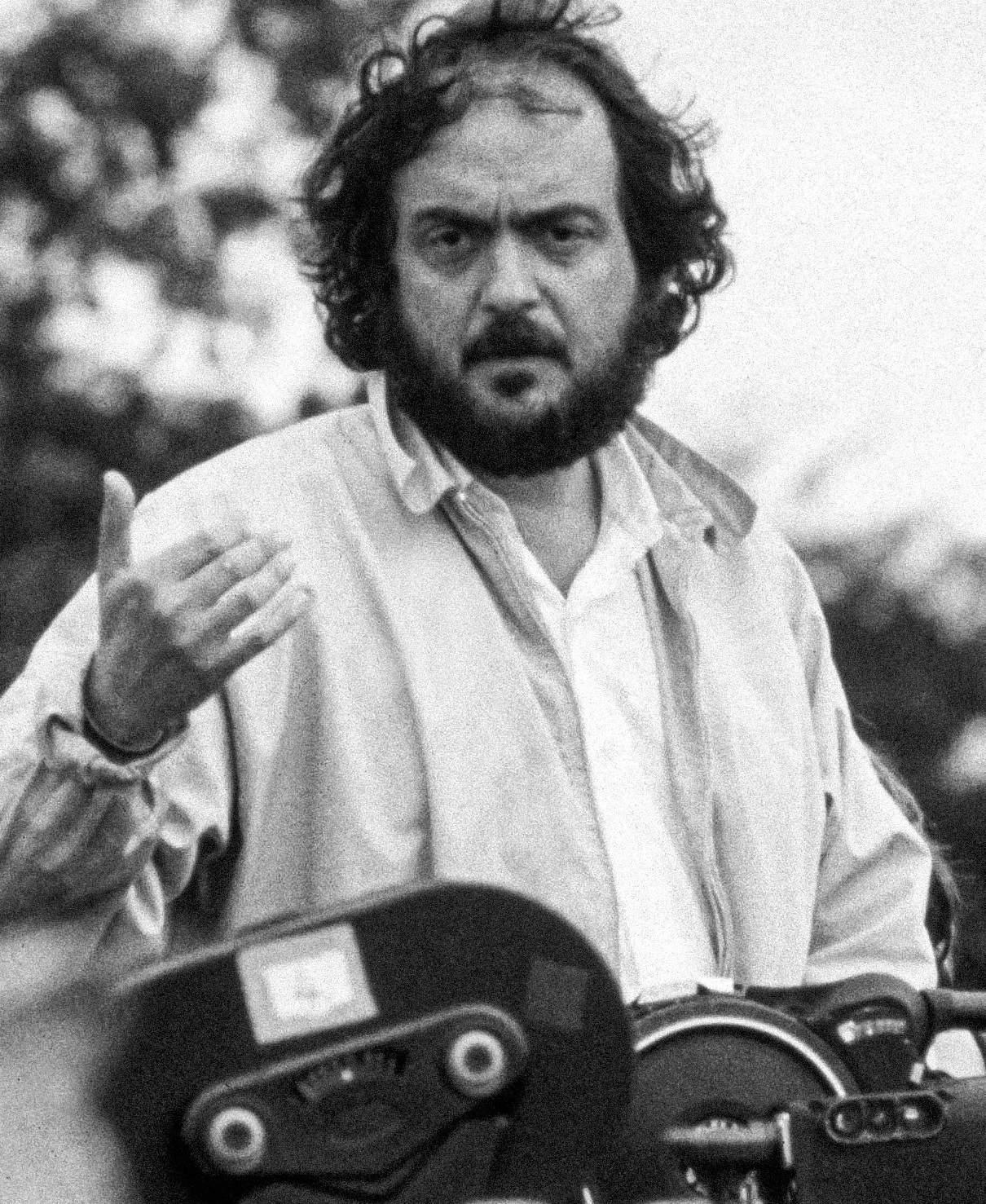Stanley Kubrick: The Master of Cinematic Storytelling
Stanley Kubrick is widely regarded as one of the greatest filmmakers in the history of cinema. With a unique visionary style and an unparalleled attention to detail, Kubrick’s films have left an indelible mark on the industry and continue to influence generations of filmmakers today. In this blog post, we will delve into the life and achievements of Stanley Kubrick, exploring what made his work so captivating and how his legacy endures in modern film.
The Early Years of Stanley Kubrick
Born on July 26, 1928, in the Bronx, New York, Stanley Kubrick was introduced to photography at a young age. His early experiences with the camera set the stage for a remarkable career in cinema. Kubrick pursued his interest in filmmaking through high school, where he created short films and other projects that showcased his growing talent.
After marrying his first wife, Kubrick moved toward his professional career, initially working as a photographer for Life Magazine. His keen eye for detail and composition significantly influenced his filmmaking style. He eventually made his directorial debut with the 1953 film Fear and Desire, which, despite its commercial failure, served as a crucial stepping stone for his later success.
Defining Moments: Kubrick’s Major Films
Throughout his career, Stanley Kubrick directed several iconic films that have become milestones in cinematic history. Each movie showcases his distinct style and thematic depth. Below, we explore some of his most celebrated works:
1. 2001: A Space Odyssey (1968)
One of Kubrick’s most famous films, 2001: A Space Odyssey, is hailed as a groundbreaking sci-fi epic that redefined the genre. The film explores themes of evolution, artificial intelligence, and the unknown aspects of the universe. Known for its stunning visuals and thought-provoking narrative, 2001 continues to be a topic of discussion for film scholars and enthusiasts alike.
2. A Clockwork Orange (1971)
In A Clockwork Orange, Kubrick explores the dark side of humanity and societal control. The film, based on the novel by Anthony Burgess, presents a dystopian vision of the future where free will is compromised in the name of order. Kubrick’s daring approach to controversial themes sparked debates about morality and the nature of violence in society.
3. The Shining (1980)
The Shining is another cornerstone of Kubrick’s filmography, often regarded as one of the greatest horror films ever made. The haunting performance by Jack Nicholson, combined with Kubrick’s meticulous direction and use of surreal imagery, creates a lasting psychological impact on audiences. The film’s exploration of madness and isolation remains relevant in contemporary discussions of horror cinema.
4. Full Metal Jacket (1987)
With Full Metal Jacket, Kubrick tackled the Vietnam War, presenting a dual narrative that contrasts the dehumanizing nature of military training with the brutal realities of combat. The film’s powerful imagery and poignant dialogue resonate with viewers, provoking contemplation on the effects of war on humanity.
The Kubrick Method: Innovation and Filmmaking Techniques
Stanley Kubrick’s reputation for perfectionism is legendary. He was known to conduct numerous takes for a single scene, meticulously refining each performance until it met his vision. This dedication to excellence extended to every aspect of filmmaking, from script development to post-production. Kubrick’s innovative techniques, such as symmetrical framing, practical effects, and groundbreaking use of sound, set new standards for the industry.
Legacy and Influence
Stanley Kubrick’s influence extends far beyond the films he directed. His unique vision and relentless pursuit of artistic integrity have inspired countless directors, writers, and artists. Contemporary filmmakers frequently cite Kubrick as a key influence in their work, echoing his principles of storytelling and visual artistry.
The Kubrick legacy has also evolved with the rise of digital media. Classic films are revisited and reinterpreted in today’s context, allowing new generations to appreciate and analyze his contributions to cinema. The enduring fascination with Kubrick’s work demonstrates the timelessness of his storytelling and the profound impact he has had on the cinematic landscape.
Conclusion: The Enduring Genius of Stanley Kubrick
In conclusion, Stanley Kubrick remains a cinematic icon whose films continue to resonate with audiences and inspire filmmakers around the world. His ability to provoke thought, inspire creativity, and challenge societal norms has left an indelible mark on the film industry. As we celebrate Kubrick’s life and work, we recognize his lasting legacy as a pioneer of cinematic artistry, ensuring that his influence will be felt for generations to come.
For more information about Stanley Kubrick’s life and contributions to cinema, visit his Wikipedia page.








